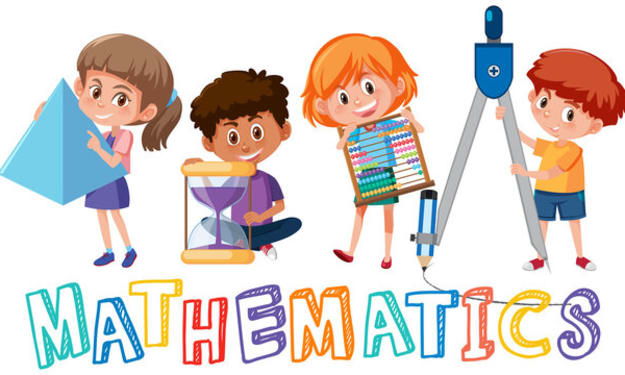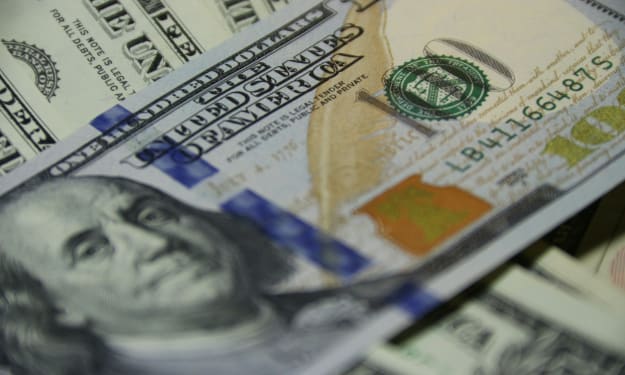Microplastics: The Tiny Terrorizers of the Environment
An important issue no one is talking about...

The Littlest Polluters
Step into the world of microplastics and discover the hidden impacts of these tiny particles. These tiny little plastic particles might be small, but they pack a big punch when it comes to environmental destruction.
In fact, some people say that if microplastics were a superhero, their superpower would be stealthily infiltrating every single ecosystem on the planet. But don’t worry, we’re here to break down exactly what microplastics are and why you should care about them.
So grab your magnifying glass and let’s dive in (or maybe it’s more appropriate to say, let’s dive under the microscope!)”
Tiny but Mighty: A Definition of Microplastics
Okay, let’s start with the basics. What exactly are microplastics? Well, they’re exactly what they sound like — tiny bits of plastic that measure less than 5mm in size. That’s about the same size as a grain of rice, or for those of you who are visual learners, about the size of that pesky piece of popcorn that always gets stuck in your teeth at the movies.
But why are these little buggers so important? Well, for starters, they’re everywhere.Microplastics have been found in everything from the air we breathe to the water we drink.
And let’s not forget about the sea creatures that have mistaken these tiny plastic particles for food. Yum, nothing like a side of microplastics with your sushi dinner.
But seriously, the presence of microplastics in our environment is a major cause for concern.
These tiny particles can absorb toxic chemicals and can be ingested by marine life, leading to potential harm to both wildlife and humans.
So now that you know what microplastics are and why they matter, let’s dive a little deeper and explore where these pesky particles come from.
Tracing the Footsteps of Microplastics: Where Do These Tiny Polluters Come From?
So now that we’ve established what microplastics are and why they’re important, let’s dive a little deeper and explore where these pesky particles come from.
As we mentioned before, microplastics are tiny bits of plastic that measure less than 5mm in size. But where do they come from?
Let’s just say, the list of sources is about as long as the Great Wall of China (which, coincidentally, also has a problem with plastic pollution).
One major source of microplastics is the breakdown of larger plastic items. Think about it — how many times have you seen a plastic water bottle or grocery bag blow away in the wind and end up in a river or the ocean?
It happens all the time.
And once these larger items end up in the water, they begin to break down into smaller and smaller pieces until they become microplastics.
Another source of microplastics is the use of microbeads in personal care products such as exfoliating scrubs and toothpaste. These microbeads are so small that they can’t be filtered out by wastewater treatment plants, which means they end up in rivers and oceans where they can have negative impacts on marine life.
In fact, some studies estimate that a single tube of facial scrub can contain up to 330,000 microbeads! Talk about a microbead overload.
But these are just a couple of the sources of microplastics. There are many others, including the breakdown of synthetic clothing fibers and the use of plastic pellets in manufacturing. And the list goes on.
But the good news is that there are things we can all do to reduce the amount of microplastics in the environment.
The Invisible Invaders: The Environmental Consequences of Microplastics
So now that we know what microplastics are and where they come from, let’s talk about the environmental impacts they can have. And trust us, it’s not pretty.
One major concern is the harm that microplastics can cause to marine life. These tiny plastic particles can be ingested by fish and other sea creatures, leading to physical injury or even death.
And it’s not just the fish that are at risk — the chemicals absorbed by microplastics can also make their way up the food chain, potentially affecting human health as well.
But the environmental impacts of microplastics don’t stop there. These tiny particles can also have negative impacts on the ecosystems they enter, disrupting the delicate balance of marine life and potentially causing long-term damage.
Don’t despair, there are ways we can all help to reduce the amount of microplastics in the environment.
The Microscopic Menace: Solutions for Reducing Microplastic Pollution
So we’ve learned about what microplastics are, where they come from, and the environmental impacts they can have.
But the good news is that there are things we can all do to help reduce the amount of microplastics in the environment.
One simple solution is to reduce our own plastic consumption. This can mean using a reusable water bottle instead of single-use plastic bottles, bringing a reusable shopping bag to the grocery store, and opting for products that are packaged in cardboard or glass instead of plastic.
Proper disposal of plastic items is also crucial in reducing the amount of microplastics in the environment. This means properly recycling plastic items and properly disposing of any plastic that can’t be recycled.
Finally, supporting organizations that are working to address the problem of microplastics is a great way to make a difference.
Whether it’s through donations or volunteering your time, every little bit helps in the fight against microplastics.
Here are a few more ideas for ways to reduce microplastics in the environment:
- Choose products that are made with natural materials instead of plastic. For example, opt for a bamboo toothbrush instead of a plastic one.
- Support companies that are working to reduce their use of plastic. Look for products that are made with recycled materials or that have minimal packaging.
- Educate others about the problem of microplastics. Share information about microplastics with your friends and family, and encourage them to make more environmentally-friendly choices.
- Support legislation that aims to reduce the use of plastic. This could include supporting bans on single-use plastic items or supporting companies that are working to reduce their plastic footprint.
- Support organizations that are working to clean up plastic pollution, such as beach clean-up groups or organizations that work to remove plastic from the ocean.
- Get involved in advocacy work to raise awareness about the problem of microplastics and push for change. This could include writing letters to lawmakers or participating in protests and demonstrations.
Remember, every little bit helps when it comes to reducing the amount of microplastics in the environment. Every choice we make can make a difference in the fight against plastic pollution.
The Littlest Polluters: Wrapping Up Our Exploration of Microplastic Pollution
As for my view about microplastics, I believe every problem can be solve with the collective efforts of individuals.
Remember the depletion of Ozone layer? The hole that was created in around 1980's over Antarctica. It has been almost healed because of collective efforts of humans.
The Government & Organizations by themselves are too ambitious, they can’t achieve their goals single-handedly. But if we as a humans come together with determination, I believe nothing is impossible for us. The problem with us is we often underestimate how big impact you & I as an individual can make, it not insignificant at all.
Well, that’s a wrap on our journey through the wild and wacky world of microplastics. We hope you’ve learned a thing or two about these pesky little particles and are inspired to take action to reduce your own contribution to the problem.
But don’t forget, the fight against microplastics doesn’t have to end here. There are plenty of ways you can continue to make a difference and spread awareness about the issue.
So go out there and make every day a microplastic-free day!
Thanks for joining us on this journey, and we hope to see you again soon. Until next time, keep on keeping the planet plastic-free!
References & Sources
Microplastics are everywhere — but are they harmful?
Current State of Microplastic Pollution Research Data
Microplastic Research, a New and Necessary Field of Study
If the story was useful, share it with others so they can learn too. If not, then give feedback.
It will help me improve.
About the Creator
Kishan Prajapati
Business graduate with keen interest in Business & Economics ✦ Turning personal experience into blogs ✦ Beginner but not lazy ✦ Nature & Dog Lover ✦ Contact: [email protected] ✦
#DontGiveUp
Enjoyed the story? Support the Creator.
Subscribe for free to receive all their stories in your feed. You could also pledge your support or give them a one-off tip, letting them know you appreciate their work.






Comments
There are no comments for this story
Be the first to respond and start the conversation.